Embarking on a backpacking venture into the wilderness means embracing nature’s unpredictability, which often includes encounters with wildlife. How can you coexist safely with animals from bears to snakes during your remote adventures?
This guide demystifies how to stay safe from wildlife while backpacking in remote areas, providing you with essential, actionable advice – all without the unnecessary fluff.
Key Takeaways
- Understanding local wildlife, their behaviors, and adhering to area regulations can prevent dangerous encounters and enhance your safety on the trail.
- Remaining vigilant, making noise, and hiking in groups are practical ways to minimize the risk of startling wildlife while on your adventure.
- Maintaining a clean campsite and practicing proper food storage techniques are essential to avoid attracting wildlife to your overnight location.
Preparation and Knowledge

Entering the wilderness calls for more than just packing the right gear - it demands preparation. You’re entering a world inhabited by wildlife, and understanding these creatures can make your journey safer and more rewarding.
Wildlife Research
Just as you wouldn’t venture into an unexplored city without some knowledge, likewise, hiking in wildlife-rich areas requires a similar understanding. Knowing about the common animals, their habitats, and habits can help you anticipate and avoid encounters.
Some common animals you may encounter while hiking include:
- Bears
- Mountain lions
- Coyotes
- Deer
- Snakes
- Birds
Understanding their behaviors and habitats can help you stay safe while enjoying your hike.
Understanding Animal Behavior
Rather than being inherently aggressive, animals typically react when feeling threatened. Understanding their behavior can help you avoid situations that may trigger aggressive responses, such as when a cougar appears aggressive.
Familiarizing Yourself with Local Regulations
Similar to any other place, each trail has its own set of rules. Local regulations often specify safe distances from wildlife, and adhering to these is vital for your safety and theirs.
Hiking Practices for Wildlife Safety
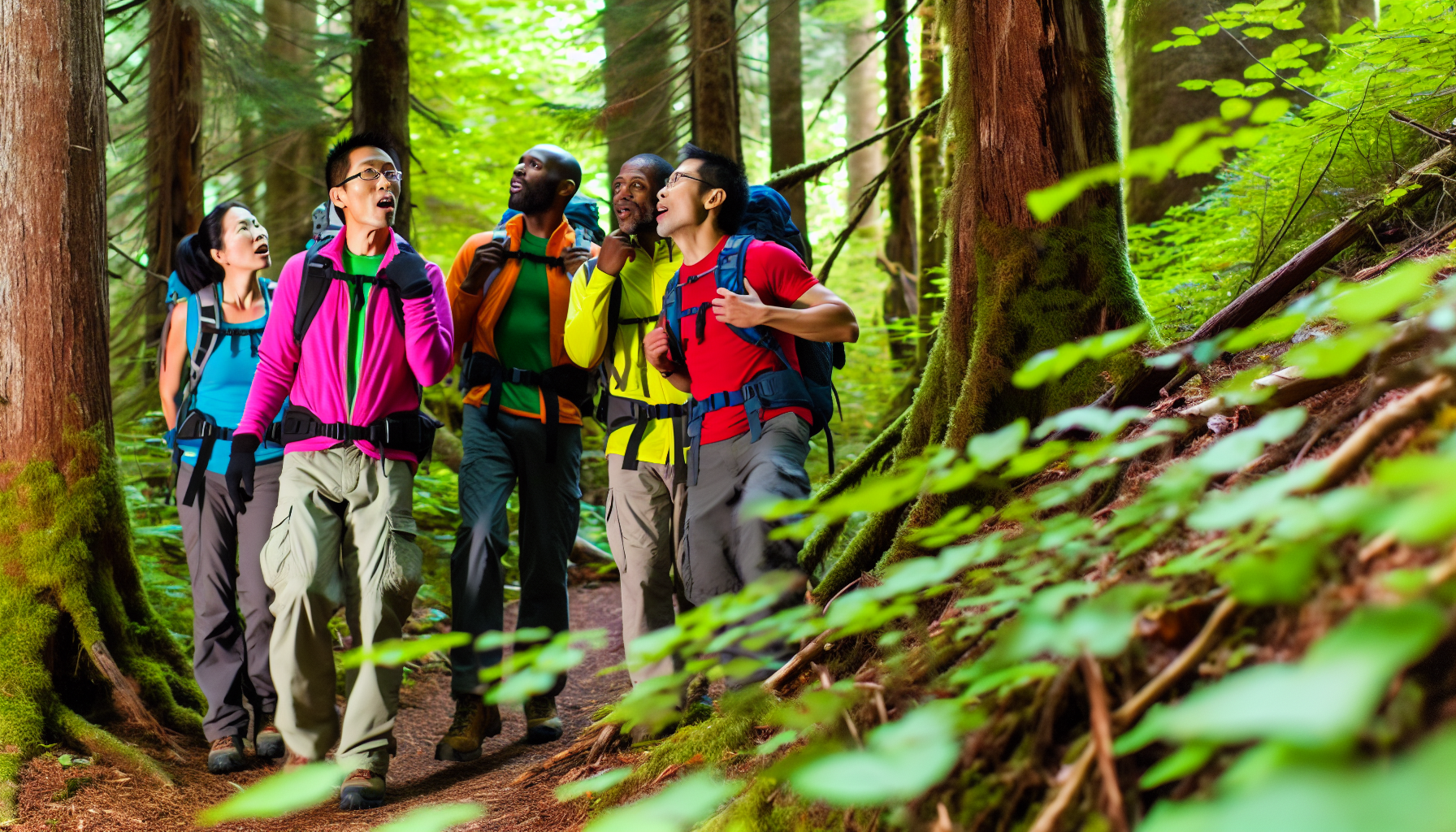
On a hiking trail, awareness and respect for the shared space with wildlife are as essential as following the path and maintaining one’s personal space.
Staying Alert and Aware
The wilderness, often referred to as bear country, is full of sounds and sights. Being alert to these can help you detect wildlife.
Making Your Presence Known
Avoiding surprise encounters with wildlife can be achieved by making noise while hiking, as animals tend to react defensively when startled or may even play dead.
Traveling in Groups
Group hiking, apart from being enjoyable, enhances safety. The collective noise and activity of a group tend to discourage wildlife encounters.
Proper Food Storage and Campsite Maintenance
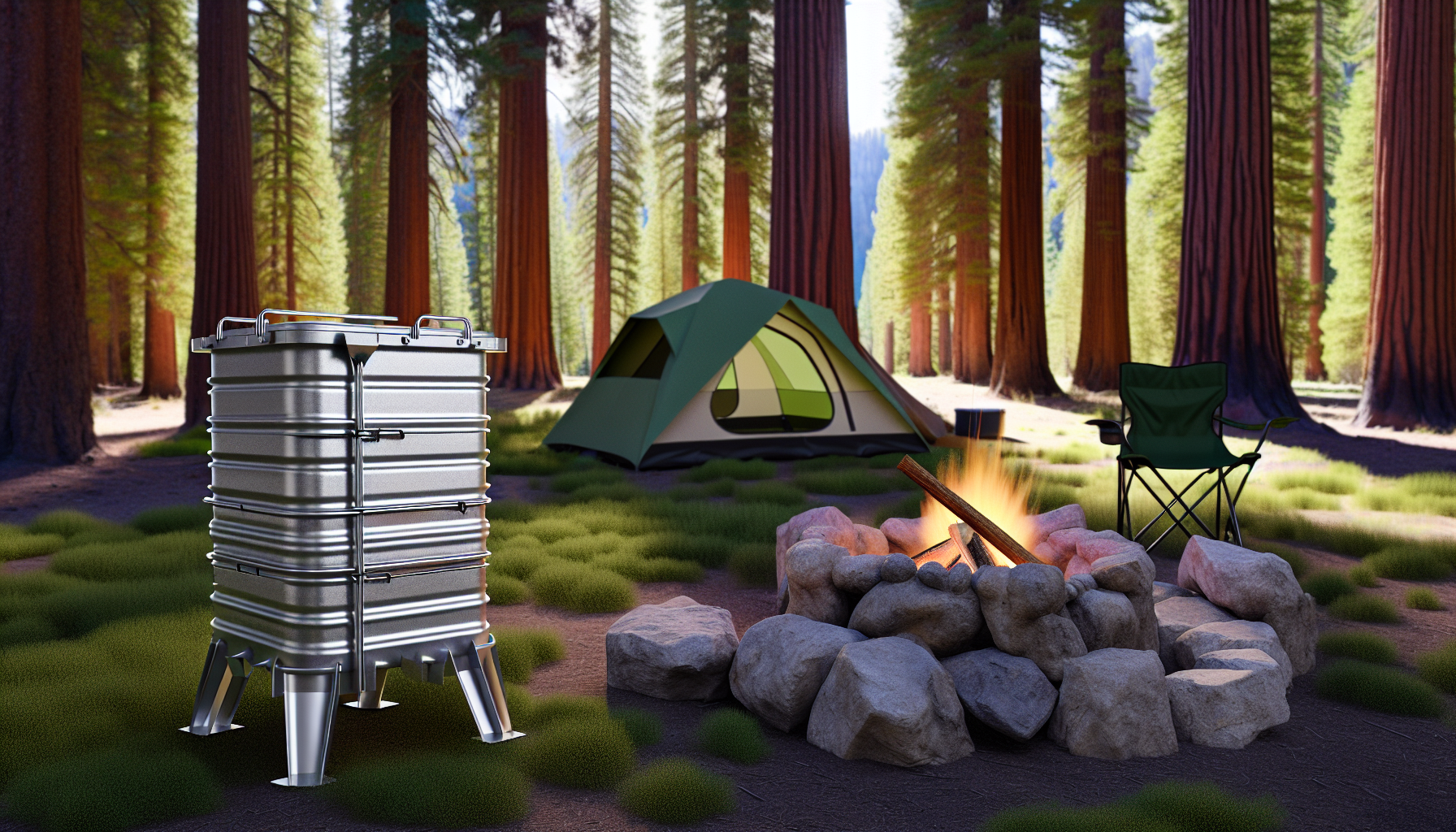
Wildlife is attracted to campsites with food odors. To avoid such encounters, maintaining a clean campsite and storing food properly is paramount.
Food Storage Techniques
Human food, although appealing to you, might be enticing for wildlife as well. To properly store food, ensure that proper storage techniques are used to keep animals from invading your campsite.
Keeping a Clean Campsite
Apart from aesthetic appeal, a clean campsite enhances safety. Correct disposal of waste and post-meal cleanup eliminate residual food smells, reducing chances of attracting animals.
Essential Gear for Wildlife Safety

As hiking without the right boots is unthinkable, so is venturing into wildlife-rich areas of western North America without appropriate gear.
Bear Spray
Bear spray is a non-lethal deterrent that can keep an aggressive bear at a safe distance. It’s an essential tool for hiking in bear territory.
Noise-Making Devices
Noise-making devices, such as whistles and air horns, help alert wildlife to your presence and can prevent surprise encounters.
Protective Clothing
Protective clothing, like snake-proof pants and gaiters, not only protect you from the elements but also from potential bites and scratches.
Handling Specific Wildlife Encounters
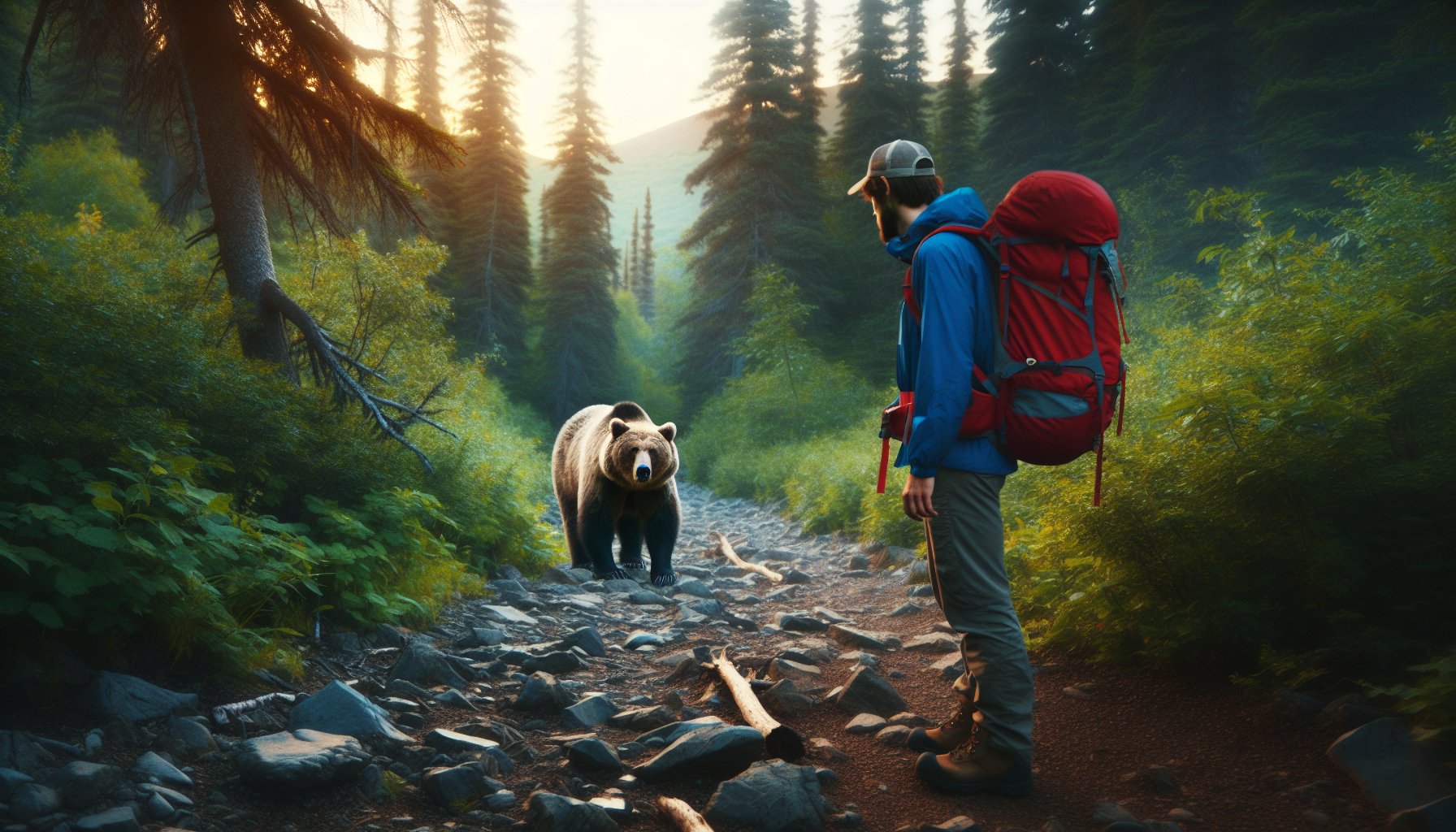
While wildlife encounters with wild animals can be exhilarating, they can also pose potential dangers. Therefore, understanding wildlife safety tips on how to handle specific animals becomes indispensable.
Bears
Whether it’s a black bear, a grizzly bear, brown bears, or even black bears, understanding bear behavior and knowing how to stay calm during a bear encounter can prevent it from turning into a conflict.
Snakes
Snakes can be hard to spot and quick to strike. Knowing how to avoid them and what to do if bitten is crucial.
Mountain Lions
A mountain lion encounter can be a nerve-wracking experience. But knowing how to deter a mountain lion and how to protect yourself during an attack can make the difference.
Moose and Elk
Moose and elk are majestic creatures, but they can also be dangerous if threatened. Understanding their warning signs and knowing how to react can prevent a peaceful encounter from becoming a dangerous situation.
Some Final Thoughts
Backpacking in remote areas can be an unforgettable experience, but safety should always be a priority.
FAQ's
How do you protect yourself from wild animals while hiking?
When hiking, protect yourself from wild animals by making noise and maintaining a safe distance. Never turn your back or run, and use bear spray if attacked.
How do you stay safe in the backcountry?
Always tell someone where you are going and when you expect to return, use equipment designed for the backcountry, eat before you're hungry, and drink before you're thirsty to stay safe in the backcountry. Being prepared with the right equipment and sharing your plans are key to enjoying your time in the great outdoors.
How do you prevent bear attacks when hiking?
To prevent bear attacks while hiking, choose open sites away from dense vegetation and secure all scented items by hanging them at least 10 feet off the ground and 5 feet from trees. If you spot a bear before it sees you, calmly back away and avoid hiking at dawn, dusk, or at night.
How can I protect myself from snake bites?
To protect yourself from snake bites, wear snake-proof pants and gaiters and avoid tall grass unless you have protective clothing. Stay safe!
What is the best way to deter a mountain lion?
The best way to deter a mountain lion is to look intimidating by raising your arms and speaking firmly. If it attacks, fight back using rocks, sticks, or any objects you can find. Stay safe!
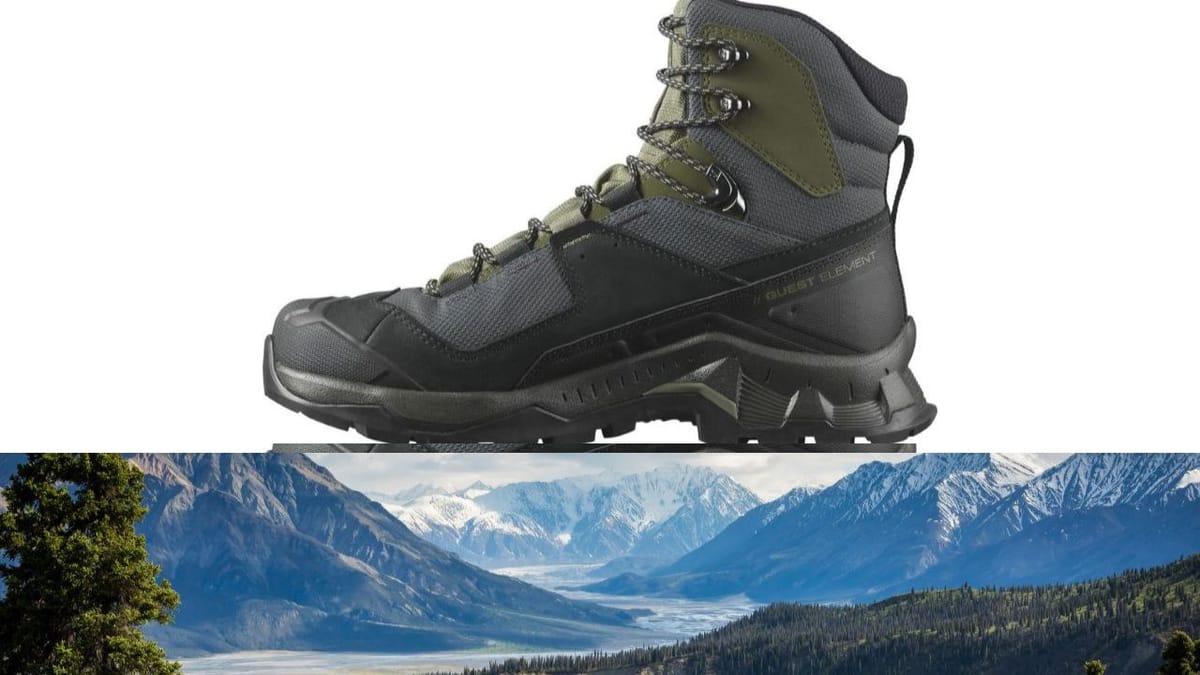


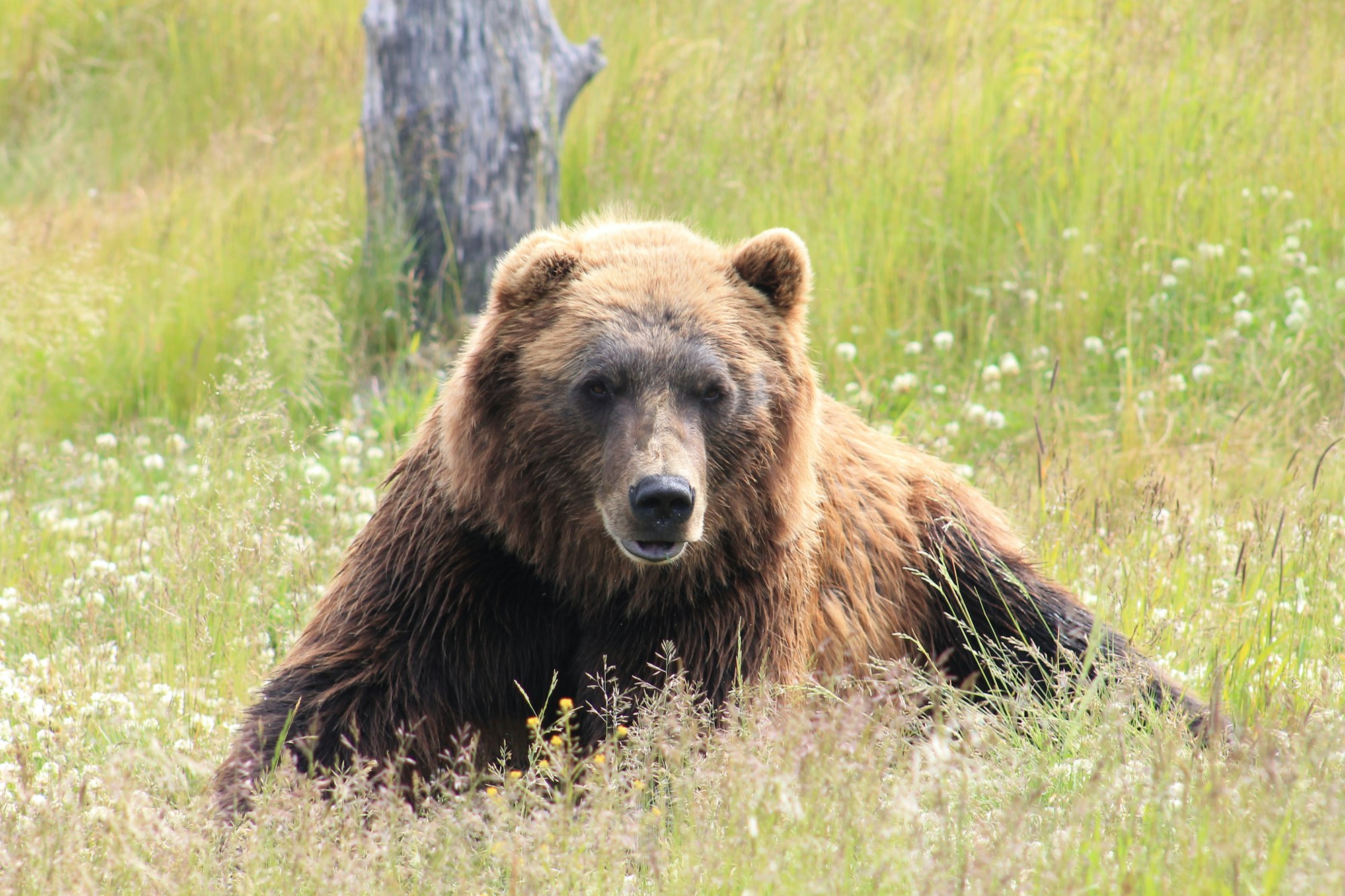









Member discussion